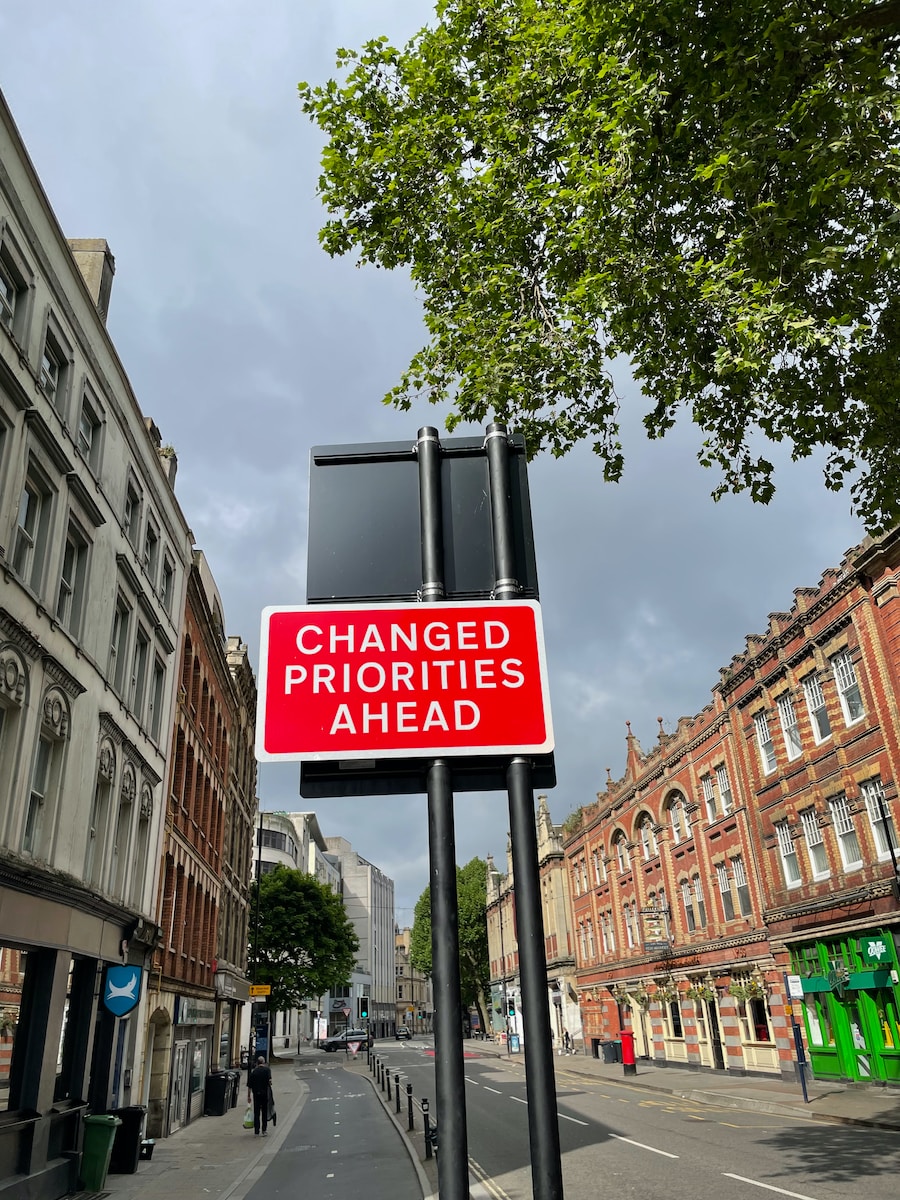In today’s rapidly changing economic landscape, we find ourselves grappling with the complexities of customer expectations. Volatile markets, characterized by fluctuating consumer behaviors and unpredictable economic conditions, compel us to stay attuned to the needs and desires of our customers. We recognize that understanding these expectations is not merely a matter of collecting data; it requires a deep dive into the psyche of our target audience.
We must analyze trends, observe shifts in preferences, and anticipate how external factors—such as economic downturns or technological advancements—can influence consumer behavior. Moreover, we must acknowledge that customer expectations are not static. They evolve in response to various stimuli, including competitive offerings and broader societal changes.
As we navigate these turbulent waters, we must remain agile and responsive. This means engaging with our customers through surveys, social media interactions, and direct feedback channels. By fostering open lines of communication, we can gain valuable insights into what our customers truly value, allowing us to tailor our strategies accordingly.
Ultimately, understanding customer expectations in volatile markets is about building relationships based on trust and transparency.
Key Takeaways
- Customer expectations in volatile markets can fluctuate rapidly and unpredictably, making it crucial for businesses to stay attuned to their customers’ needs and preferences.
- Defining and communicating a clear product vision is essential for guiding product development and ensuring alignment with customer expectations.
- Adapting product vision to changing market conditions is necessary to remain competitive and meet evolving customer demands.
- Leveraging customer feedback is a valuable tool for refining product vision and ensuring that it continues to meet customer expectations.
- Balancing short-term customer needs with long-term product vision is a delicate but necessary task for businesses looking to maintain customer satisfaction while also pursuing their long-term goals.
Defining and Communicating Product Vision
Defining a Compelling Product Vision
A clear product vision serves as our guiding star in the tumultuous seas of market volatility. It encapsulates our aspirations for the product and outlines the value we aim to deliver to our customers. When we define our product vision, we must ensure it resonates with both our internal team and our external audience. This requires us to articulate a compelling narrative that conveys not only what our product is but also why it matters.
Effective Communication of the Product Vision
We should focus on the unique benefits our product offers and how it addresses the specific pain points of our customers. Effective communication of this vision is equally crucial. We must leverage various channels—be it through marketing campaigns, social media, or direct customer interactions—to ensure that our message reaches our audience. Consistency in messaging reinforces our commitment to the vision and helps build brand loyalty.
Refining the Narrative and Building Alignment
Additionally, we should encourage feedback from our stakeholders to refine our narrative further. By actively involving our customers in the conversation, we can create a sense of ownership and alignment with our product vision. This not only strengthens our relationship with our customers but also helps us stay focused on delivering value that truly matters to them.
Aligning Product Vision with Customer Expectations

Aligning our product vision with customer expectations is a delicate balancing act that requires ongoing effort and vigilance. We must continuously assess whether our vision reflects the evolving needs of our customers. This alignment is not a one-time task; rather, it is an iterative process that demands regular check-ins and adjustments.
By staying connected with our customers through various touchpoints, we can gauge their satisfaction levels and identify any gaps between their expectations and our offerings. Furthermore, we should embrace a customer-centric approach in our product development process. This means involving customers at every stage—from ideation to testing—to ensure that their voices are heard and their needs are prioritized.
By co-creating solutions with our customers, we can foster a sense of partnership that enhances loyalty and trust. Ultimately, when our product vision aligns seamlessly with customer expectations, we position ourselves for success in an unpredictable market.
Adapting Product Vision to Changing Market Conditions
In volatile markets, adaptability becomes a cornerstone of our product strategy. As external conditions shift—be it due to economic fluctuations, technological advancements, or changing consumer preferences—we must be prepared to pivot our product vision accordingly. This requires us to maintain a flexible mindset and be open to re-evaluating our goals and objectives.
We should regularly conduct market analyses to identify emerging trends and potential disruptions that could impact our product’s relevance. Moreover, adapting our product vision does not mean abandoning our core values or mission; rather, it involves recalibrating our approach to meet the current demands of the market. We should be willing to experiment with new features or services that align with evolving customer needs while remaining true to the essence of what we stand for.
By fostering a culture of innovation within our teams, we can encourage creative thinking that leads to meaningful adaptations in our product vision.
Leveraging Customer Feedback to Refine Product Vision
Customer feedback serves as a vital resource for refining our product vision. By actively soliciting input from our users, we gain insights into their experiences, preferences, and pain points. This feedback loop allows us to make informed decisions about potential enhancements or changes to our offerings.
We should implement various mechanisms for gathering feedback—such as surveys, focus groups, or user testing sessions—to ensure we capture diverse perspectives. Once we have collected feedback, it is essential to analyze and synthesize the information effectively. We should look for patterns and trends that emerge from the data, identifying key themes that resonate with our customers.
This analysis will guide us in making strategic adjustments to our product vision, ensuring it remains relevant and aligned with customer expectations. By demonstrating that we value customer input and are willing to act on it, we can strengthen relationships and foster loyalty among our user base.
Balancing Short-term Customer Needs with Long-term Product Vision

The Dual Focus of Product Development
On one hand, we must respond promptly to immediate demands, whether it’s fixing bugs, adding requested features, or adapting to market trends. On the other hand, we cannot lose sight of our overarching goals and aspirations for the product’s future.
Effective Prioritization and Planning
To navigate this balance effectively, we should establish clear criteria for decision-making that considers both short-term gains and long-term objectives. Regularly revisiting our product roadmap can help us assess whether we are allocating resources appropriately across both dimensions.
Collaboration and Transparency
Additionally, engaging with stakeholders—including team members and customers—can provide valuable insights into which short-term initiatives align best with our long-term vision. By fostering a culture of collaboration and transparency, we can ensure that both immediate needs and future aspirations are addressed harmoniously.
Managing Expectations in Volatile Markets
Managing expectations in volatile markets is crucial for maintaining customer satisfaction and trust. As market conditions fluctuate, customers may experience uncertainty about product availability, pricing changes, or feature rollouts. It is essential for us to communicate proactively with our audience about any potential impacts on their experience.
Transparency is key; by openly discussing challenges and outlining how we plan to address them, we can mitigate feelings of frustration or disappointment. Moreover, setting realistic expectations from the outset can help us avoid overpromising and underdelivering. We should strive to provide clear timelines for product updates or enhancements while being honest about potential delays or obstacles.
By managing expectations effectively, we can foster a sense of understanding among our customers, reinforcing their loyalty even during challenging times.
Navigating Challenges in Balancing Customer Expectations and Product Vision
Navigating the challenges of balancing customer expectations with product vision requires us to be both strategic and empathetic. We often encounter situations where customer demands may conflict with our long-term goals or where market pressures necessitate difficult decisions. In these moments, it is essential for us to remain grounded in our core values while also being responsive to customer needs.
One effective approach is to prioritize open dialogue with customers about trade-offs involved in certain decisions. By explaining the rationale behind specific choices—such as focusing on long-term innovation over immediate feature requests—we can foster understanding and support among our user base. Additionally, involving customers in discussions about future directions can create a sense of partnership that enhances their investment in our product vision.
Ultimately, navigating these challenges requires us to be adaptable and resilient. By continuously assessing both customer expectations and market conditions, we can make informed decisions that honor both dimensions while steering towards a successful future for our product. Through collaboration, transparency, and a commitment to excellence, we can thrive even in the most volatile markets.
In the context of managing product development in unpredictable markets, it is crucial to strike a balance between meeting customer expectations and staying true to the core product vision. An insightful related article that delves into this topic is A Comprehensive Guide to Cultivating Innovation and Experimentation for Your Product Vision. This piece explores how fostering a culture of innovation and maintaining a flexible approach to product management can help businesses adapt their products to meet changing market demands while still aligning with their long-term vision. The article provides practical strategies for integrating customer feedback into the product development process without losing sight of the original product goals.











